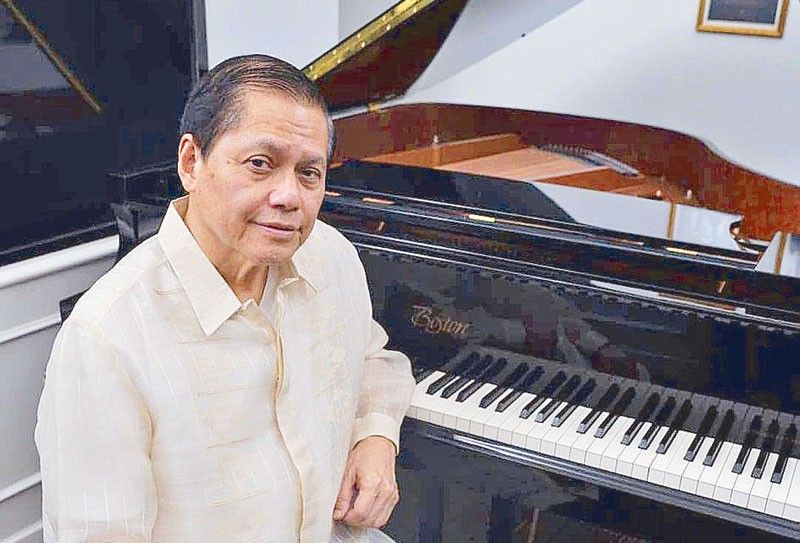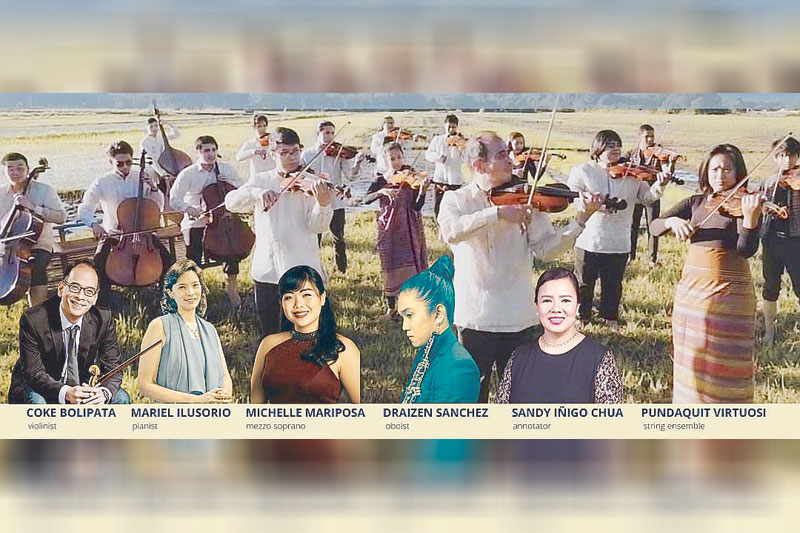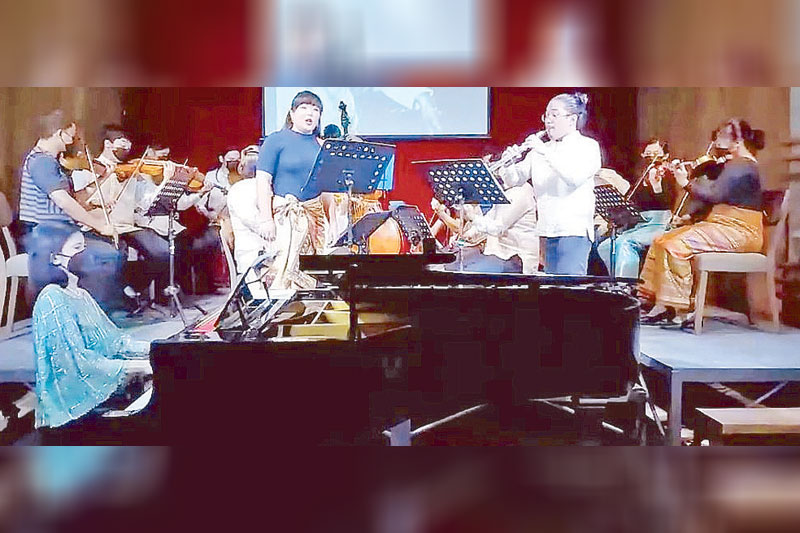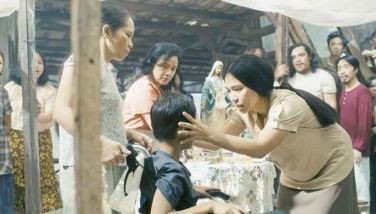Raul Sunico plays Julio Nakpil music

Raul Sunico is one of the greatest Filipino pianists of all time. Trained at the prestigious Juilliard School, he is also admired all over the world. His career of over 50 years is filled with awards and standing ovations for memorable performances. No wonder he was one of the few virtuosi to be conferred the Steinway Artist Award.
The Quiapo-born and bred Julio Nakpil was the unique combination of artist and revolutionary. He was a pioneer of Filipino popular music as a composer and pianist. But while providing sounds for Manila’s elite to party with, he was at the same time an admirer of Jose Rizal and a staunch ally of Andres Bonifacio in the uprising against Spain.
Sunico not only included Filipino compositions in his usual Western repertoire, he also studied such intensively. His choice for his thesis towards his Doctorate in Philosophy in Piano Performance at the New York University was Selected Philippine Piano Concerti: A Performance Guide. This was a study of classical Filipino compositions.
Nakpil and Sunico started their careers learning and performing the European music of the 19th century. As they matured, they developed a love for Filipino music that grew into a passion in the ensuing years. Nakpil wrote his compositions by pouring native sentiments into Western music forms.
Aside from his piano-playing, Sunico dived headlong into the study of original Filipino compositions. He then adapted these into the Western classical tradition for easier public acceptance through his recordings and live performances.
Had Nakpil and Sunico met somewhere in their lifetimes, they would have agreed on many things and maybe even disagreed on a lot about classical music as Filipino and about the Filipino as a classical musician.
As such, it can be said that the works of Nakpil could not have found a more fitting interpreter than Sunico. This was proven recently when Sunico recorded Nakpil’s compositions for piano as part of the Julio Nakpil Music Project. The undertaking aims to preserve and introduce the works of this great musician to younger generations.

Recorded for the first time ever and now preserved for all time with the keyboard artistry of Sunico are: Céfiro (Zephyr) Polka; La brisa nocturna (The night breeze) Habanera; Ecos de Visayas (Echoes from Visayas) Danza; Ecos de Iloco (Echoes from Ilocos) Danza; Noche tempestuosa! (Tempetuous night) Polka de salon; Ilang-Ilang Mazurka de salon; Pinching (La brisa (de la) aurora; Estrella (matutiana) Habanera; Lulay, folksong; Recuerdos de Cápiz (Kapis Souvenirs) Habanera caracteristica; and Luz Poetica de la Aurora (Poetic light of dawn) Gavota, a work for four hands, where Sunico is joined by Heliodoro Fiel.
Distributed by the Viva Music Group, The Music of Julio Nakpil will soon be on Spotify and will also be available on other platforms. And take note, this is only volume one of a set of albums. There will be more Nakpil sounds to come.
Two extraordinary Filipinos come together in this project. How fitting indeed. Sunico, much-idolized in music circles all over the world is playing the music of a composer and patriot, expressive of a most extraordinary period in our history.
Still on the music of Nakpil, Artist Hero was recently live streamed from Casa San Miguel in San Antonio, Zambales. The concert featured select works for chamber ensemble by Nakpil arranged by Gabriel Mendoza and Glenn Aquias. Artist Hero was part of the Season 29 Pundaquit Festivals of Casa San Miguel.
Featured soloists were Coke Bolipata, violinist; Mariel Illusorio, pianist; Michelle Mariposa, mezzo soprano; Draizen Sanchez, oboist; Sandy Inigo-Chua, annotator; and the Pundaquit Virtuosi, string ensemble.
Performed live for the first time after so many years were Ilang-Ilang, Mazurka de Salon, Ob.5 (1990); Recuerdos de Capiz, Ob.8 (1891); Kundiman Lakad Tagalog, Ob.15 (1892); Amor Patrio: Romanza, Ob. 14 (1894); Luz Poetica de la Aurora, Ob. 9c, arranged for oboe, violin, cello and piano; and Danse Camestre, Ob. 11b for violin and piano.

- Latest
- Trending






























